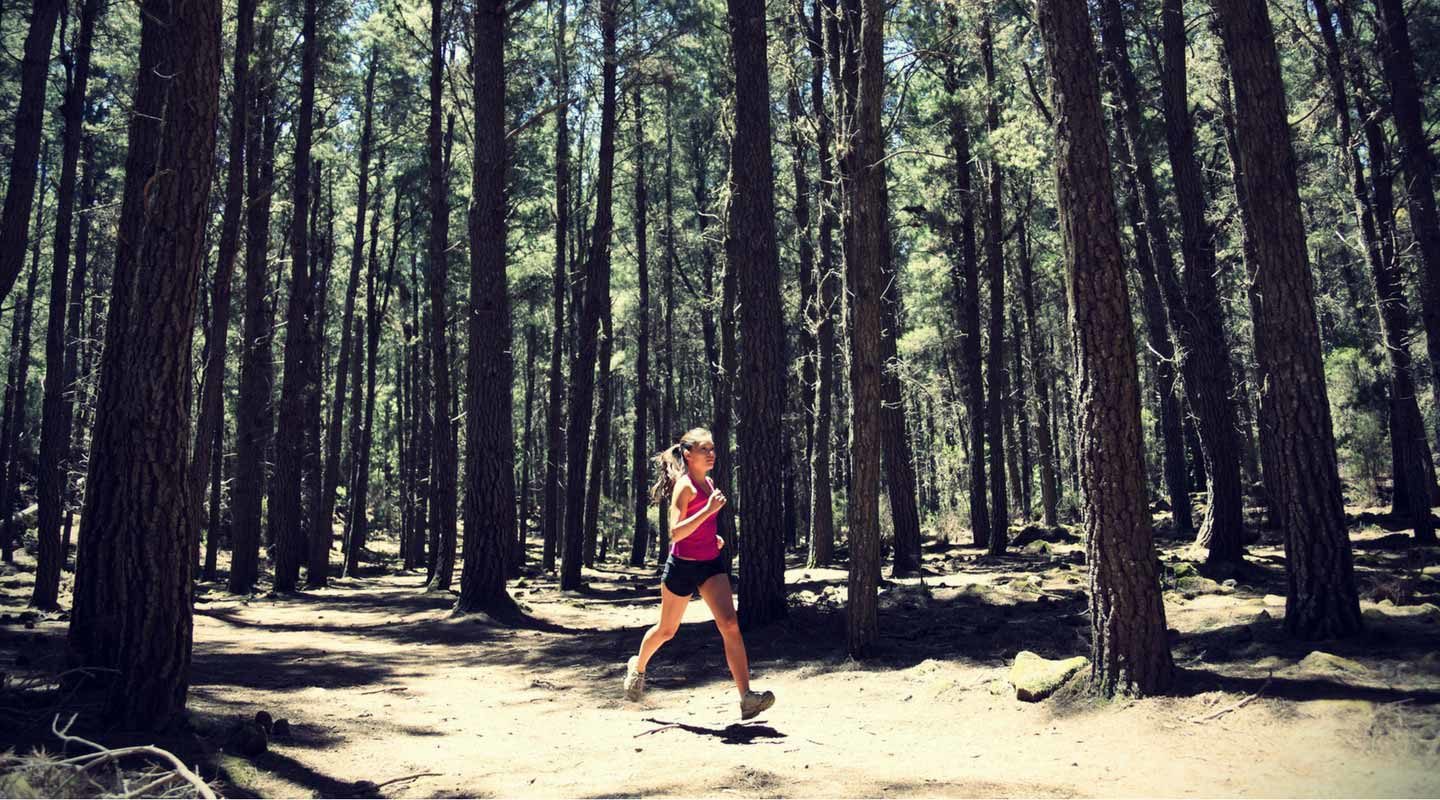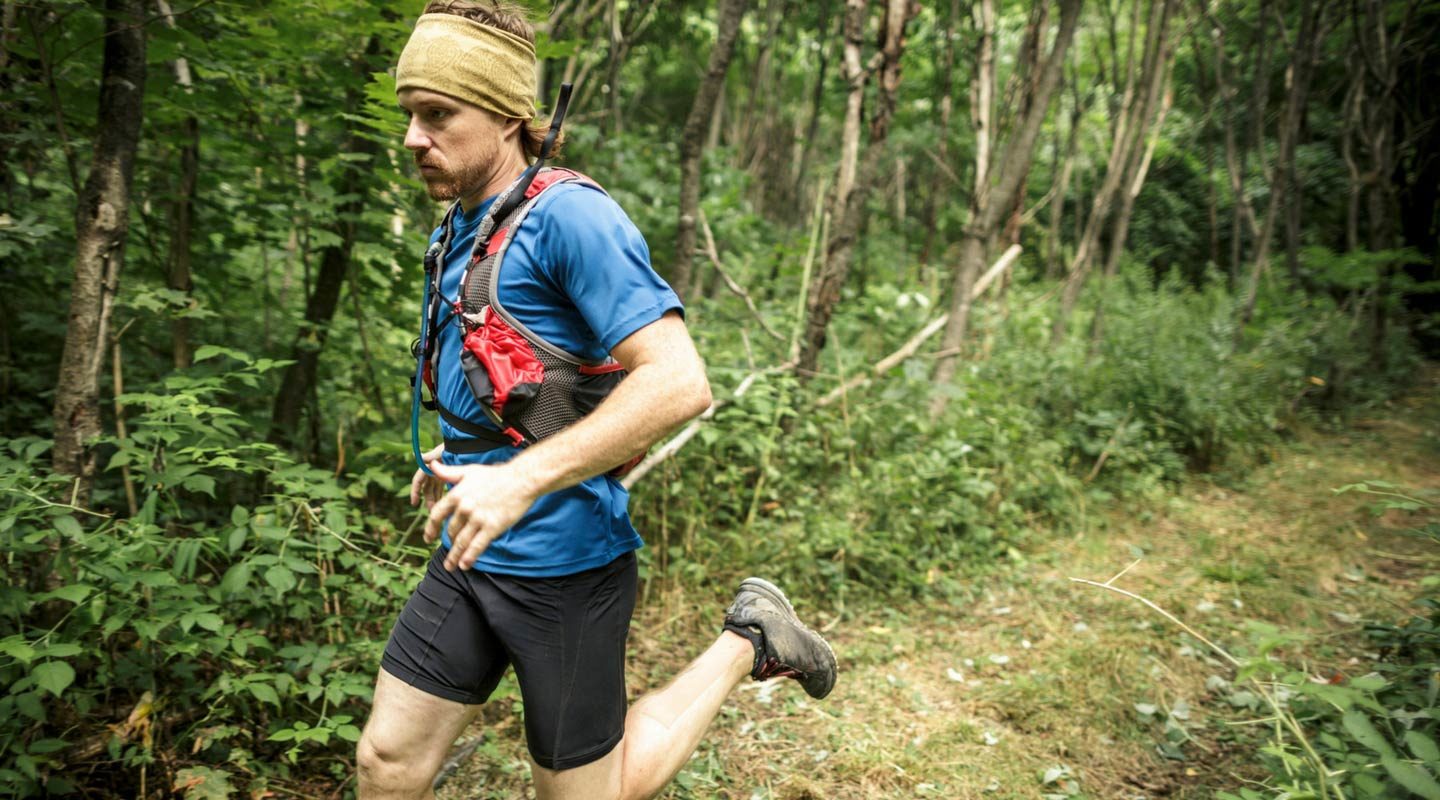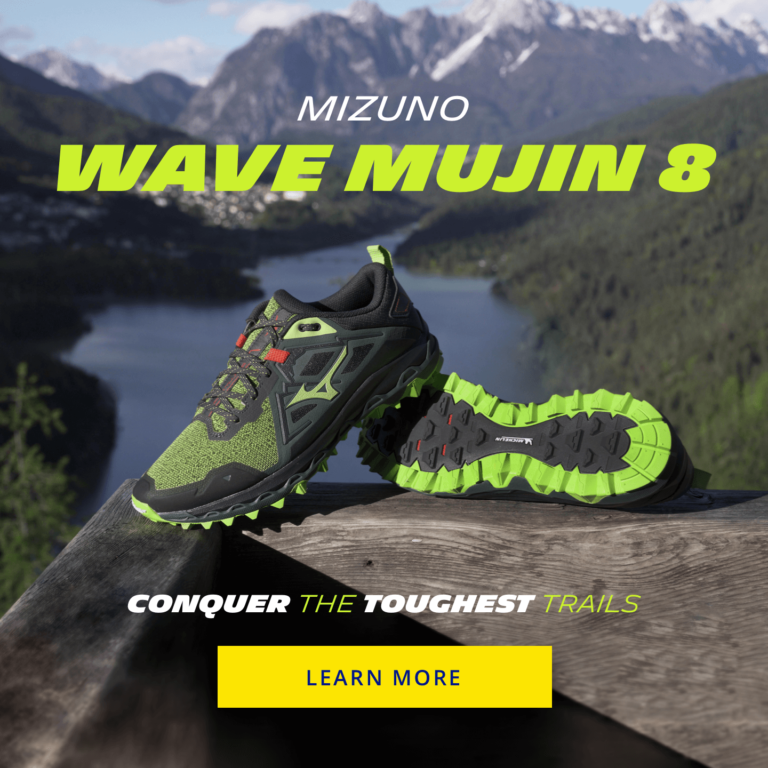We’re all guilty of picking up bad habits when it comes to our training.
And whilst we can get away with some, others can be detrimental to our performance and safety when it matters most on road or trail.
Bad habits can come from anywhere – overtraining, fatigue, poor equipment. But for many runners, the biggest source is their shoes. This is because – despite the swarm of guides to ‘the best running shoe’ available on the internet – finding the most suitable training shoe is often easier said than done.
And what many of these guides and recommendations don’t discuss is your running gait.
This is where we come in…
We understand that every runner is different.
What might suit one runner, might cause endless injuries for another.
To show you how your feet work and help you find the perfect shoe for you, we’re going to take a closer look at gait cycles and gait analysis!
What is it?
In short, a gait cycle describes how you run.
Although the main focus of gait analysis is to measure your pronation pattern, it also provides two other key aspects of your running style:
- Stance
- Swing
Together, this shows how your feet respond when you take a step, how your foot naturally rolls, and where your foot strikes the ground. Insights that will allow you to pick the most suitable running shoe – reducing the risk of injury and helping to enhance your performance.

Pronation pattern
Your pronation pattern describes how your foot rolls when it contacts the ground, and how it absorbs the impact.
-
Neutral: this represents the most natural and consistent running style. The heel hits the ground and the foot rolls towards the toes. When taking off from the ground, pressure is applied through each of the toes evenly. Shock is absorbed across the whole of foot, reducing the risk of injury.
-
Over pronation: this is when the foot has a natural arch inwards when running and rolls excessively or inappropriately. When driving off the ground, pressure will be distributed through the inside toes, causing the runner to compensate and stabilise the movement by rolling inwards. Shock can’t be effectively absorbed across the foot, increasing the likelihood of injury if runners don’t use a motion controlled shoe.
-
Under pronation: also known as Supination, this refers to when the foot naturally arches outwards – driving pressure into the smaller toes. Runners with this pronation have the opposite problem to over-pronators, however they are still at risk of injury without a cushioned, supportive shoe design.
A great way to identify your pronation is to assess the wear and tear of your current and past running shoes…
Whilst ‘over pronators’ will see visible abrasion to the inside of the heel and under the ball of the foot, ‘supinators’ will have more wear to the outer heel.
It may also look as if the upper section of the shoe has been pushed to the lateral side.
‘Neutral’ runners will see most of their wear in the centre of their shoes.
But you can find out more about measuring your pronation here.
Stance
Stance looks at how your foot behaves when in contact with the ground and how you bear the weight.
There are three stages you need to analyse:
1. First contact
Also known as the cushioning phase of your running gait. Typically, runners will land heel first, rolling onto their toes. However, it is not uncommon for experienced athletes to land midfoot or even forefoot first.
Just before the foot makes contact with the ground, your knee should flex causing your foot to pronate. Done without problem – neutral pronation – and your foot and leg should work together to absorb any shock and reduce the risk of injury.
2. Midstance
This is when your grounded foot has stopped pronating and the air borne leg is in the swing phase. Your grounded foot should be providing you with a stable and reliable platform, bearing your body weight evenly. Although your arch will begin to flatten due to the load, there should still be definition there as feet are design to adapt and resist to this.
If the foot doesn’t stop pronating at this stage, it is likely that you are an over pronator. This means there is too much movement in the grounded foot and you won’t be able to efficiently take the weight, increasing your chances of injury.
3. Propulsion
The final stage begins as your heel lists off the ground and your largest toe turns upwards. Naturally, the arch in your foot should start to raise again, allowing you to propel off the ground into the next stride.
READ MORE:
- Krissy Moehl: Eighteen years of hard knocks (and counting)
- 6 motivational training tips all runners should start using today
- Is your running gait letting you down?
Swing
Swing is the way your stride comes through, before you make contact with the ground.
It starts when you drive off your toes, and ends just before the foot makes contact with the ground – also known as a ‘gait cycle.’
The swing phase is important because it determines how efficient your foot is going to land and how it will absorb the shock.
Your swing will shift as your speed changes. At higher speeds, your heel will be lifted closer to your buttocks as the power drives your hips into further extension.

The extension of the hip should propel the leg forwards, so you lead with the knee. As soon as the knee is under the hips, your lower leg should start to unfold and prepare for the stance phase.
However, it is often argued that runners shouldn’t make any attempt to tweak their swing phase. Instead – if you find that your hips are extending or you’re not leading with your knee – you should focus on tweaking your stance.
Gait Analysis
If you’re looking for a quick and immediate answer, focus on your pronation patterns. Analyse where your old training shoes have experience the most wear.
For more in-depth analysis, looking at pronation, swing and stance, try video gait analysis.
This involves running on a treadmill at a steady pace whilst your feet are filmed. A professional will examine the footage in slow motion and explain your running gait.
Alternatively, 3D foot mapping is now available – the latest and most advanced analysis available. As well as video, this method uses lasers and micro cameras to create a 3D image of the foot.
The purpose of gait analysis is to understand your pronation pattern, your swing and your stance, and use this information to find you the perfect type of training shoe. This will be a design that counteracts your natural running gait, to give you a neutral and efficient running style.

